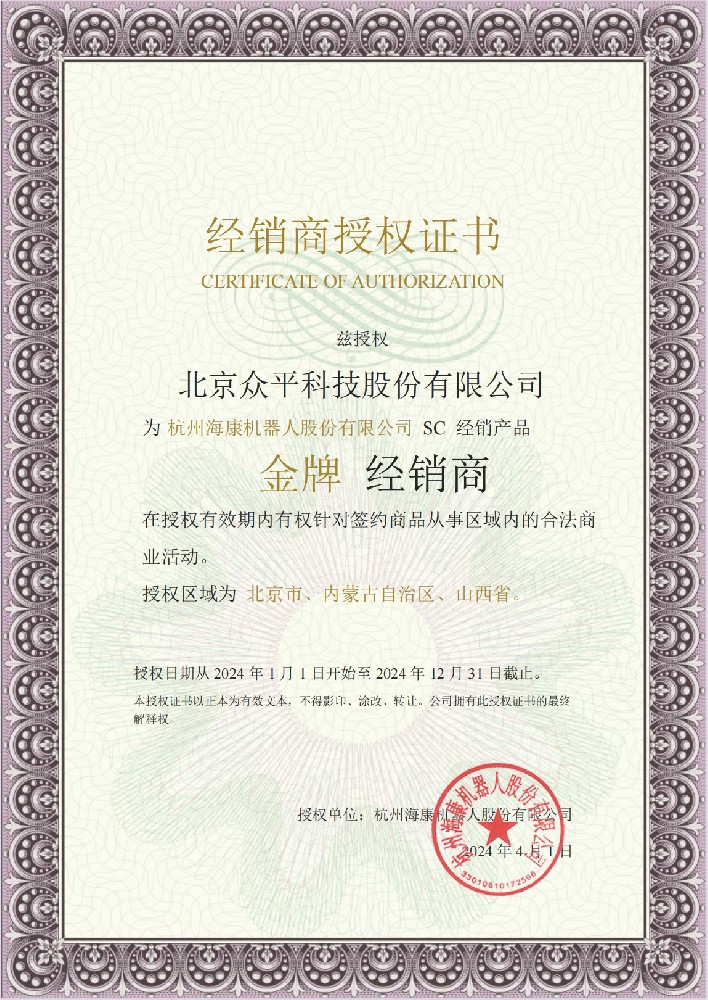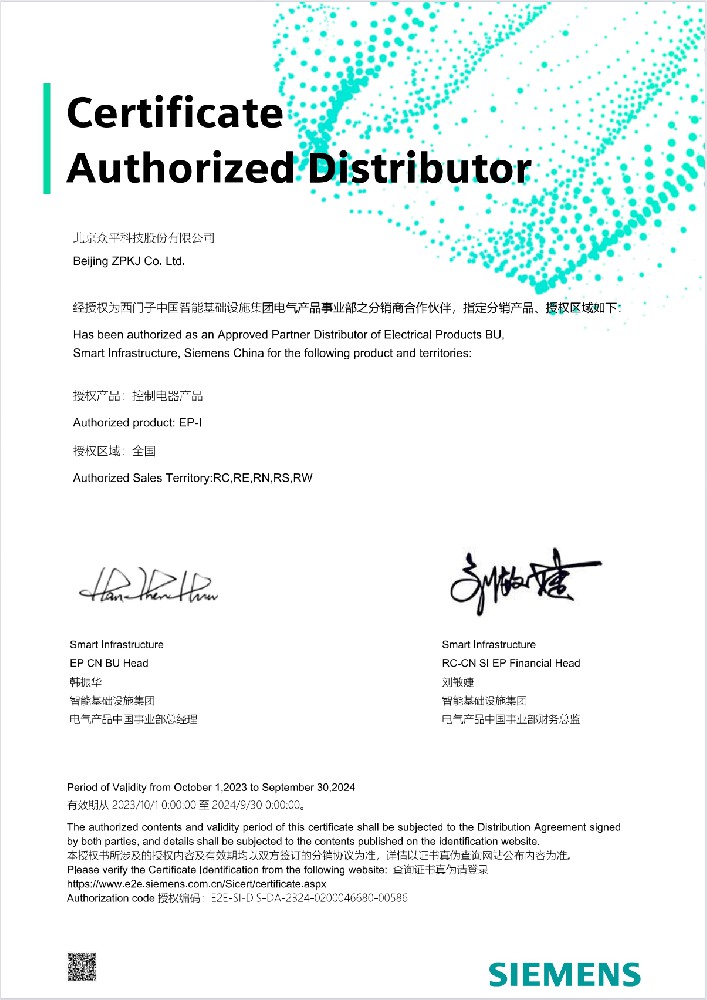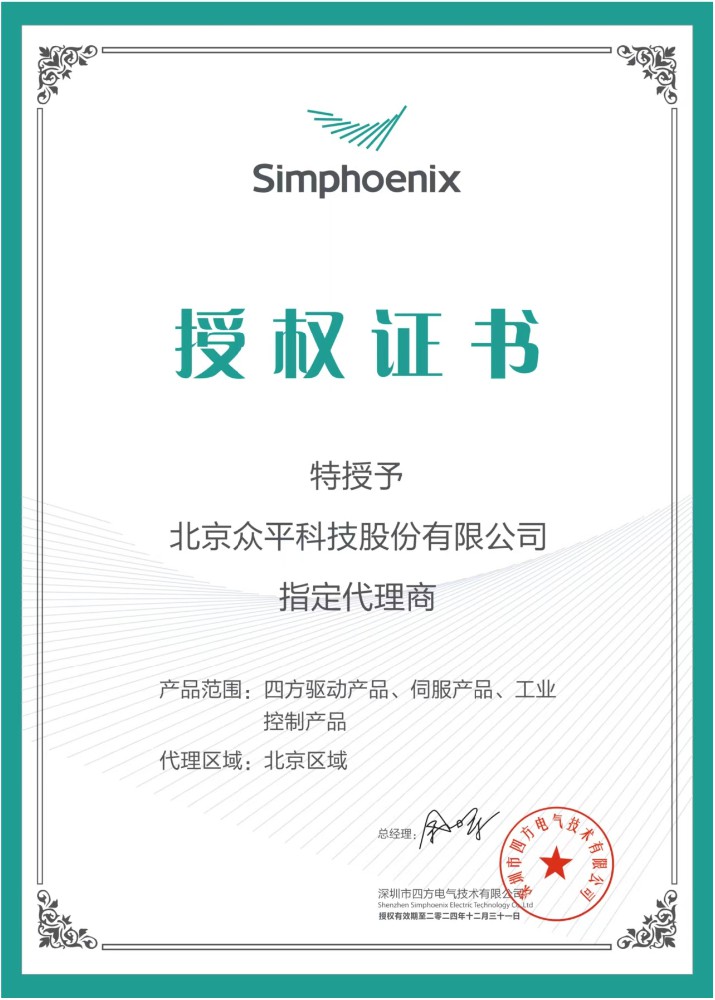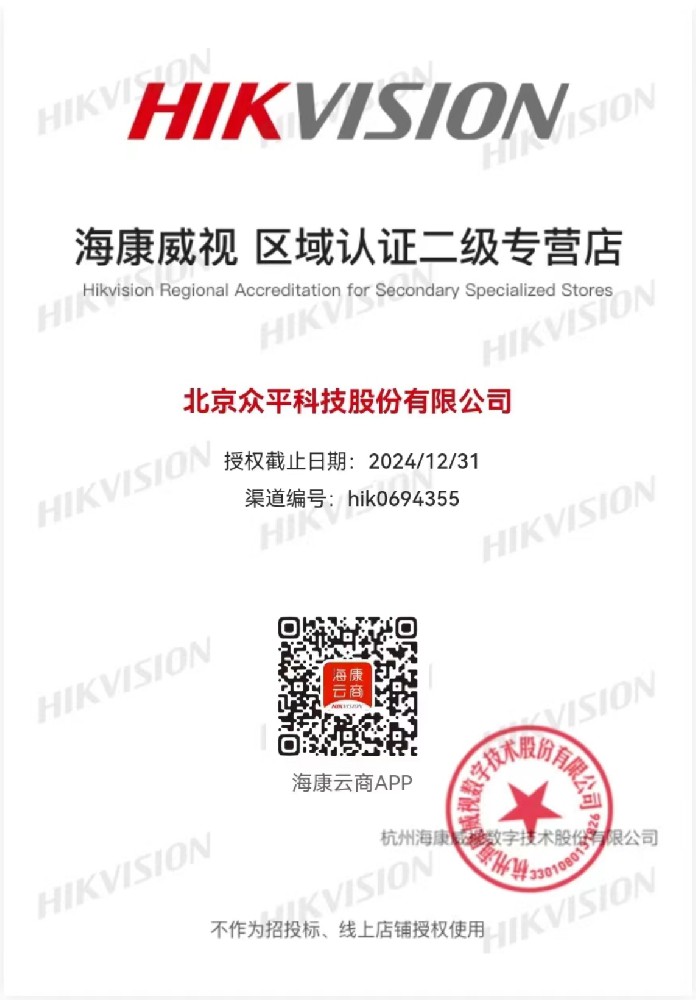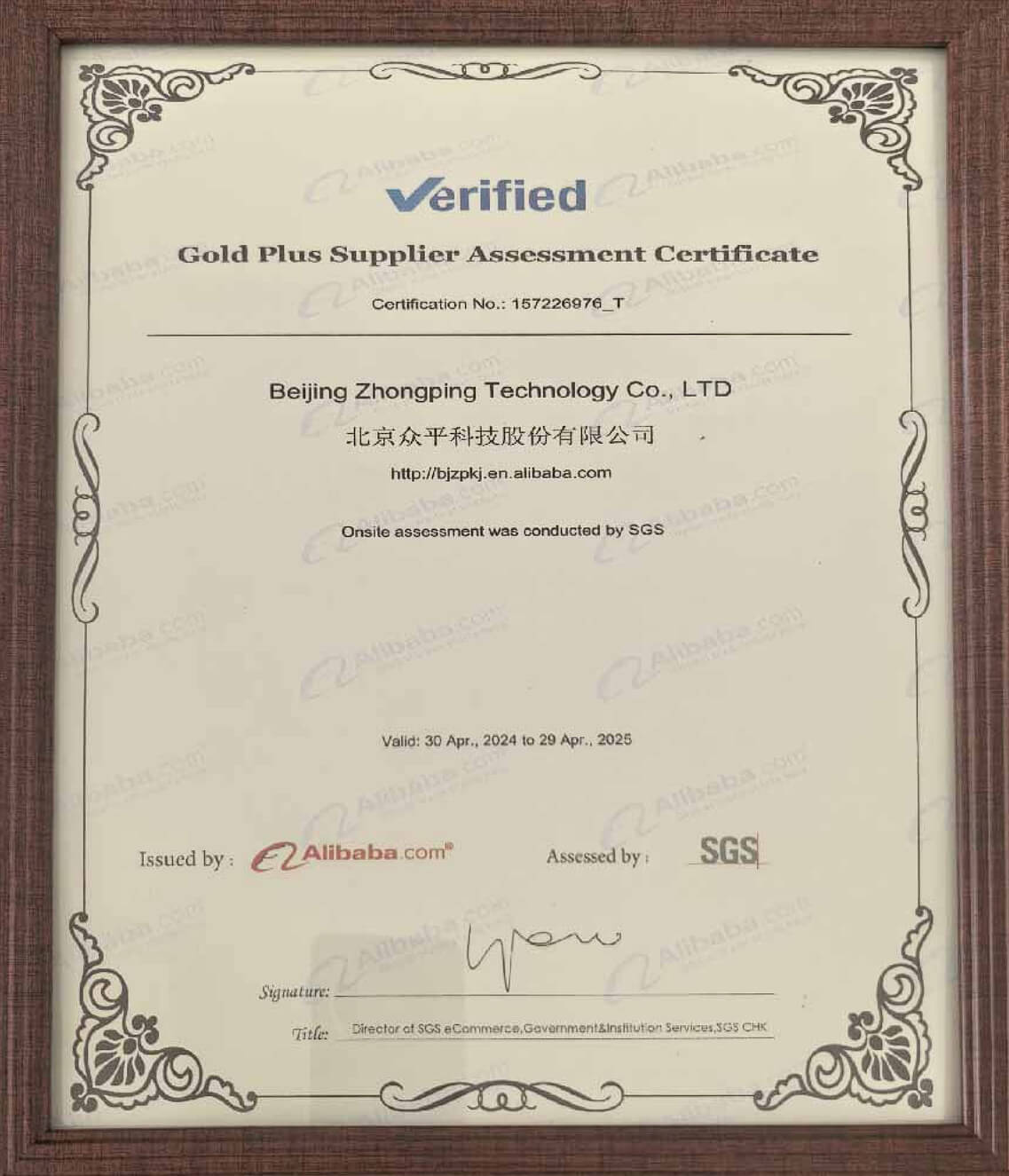As a non contact sensor, the Sick LBSTA325000 is a fiber optic sensor designed for long-distance detection. It is a type of diffuse sensor or diffuse photoelectric sensor. It’s part of the fiber optic sensor series and works with the WLL260 fiber optic sensor. This sensor uses a diffuse reflection system and has a 5000mm fiber length, making it suitable for detecting objects at long distances. It operates in a wide temperature range from -58°C to +315°C, making it ideal for harsh industrial environments. It's widely used in industrial automation for material detection and distance measurement.
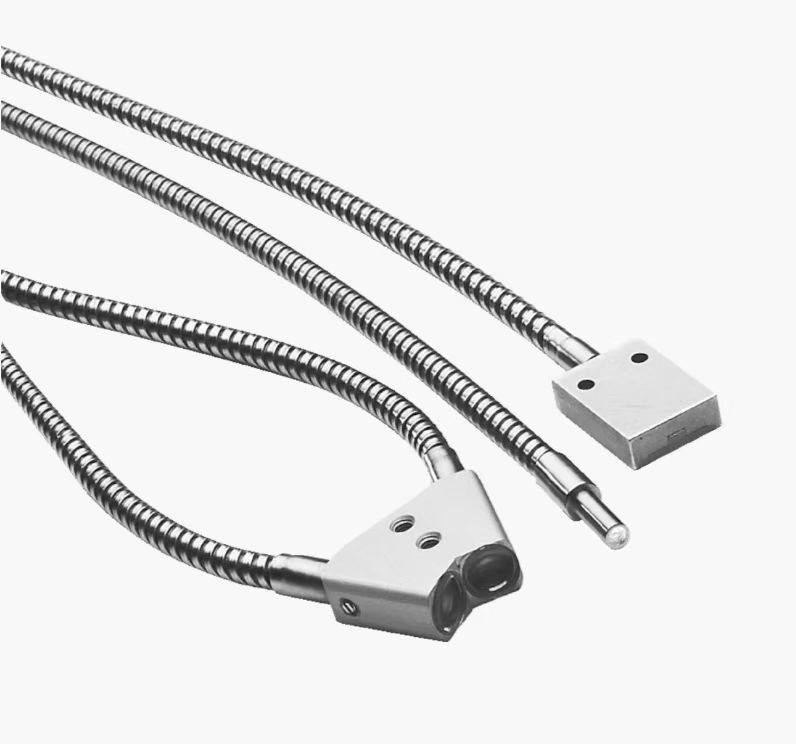
Product Details
Product Parameters
Fiber Length: 5000mm
Operating Temperature Range: -58°C to +315°C
Fiber Bend Radius: 19mm
Material: Plastic fiber core
Product Features
High-Precision Detection: The diffuse sensor uses a diffuse reflection system for accurate detection.
Wide Temperature Range: Operates stably in extreme temperature conditions.
Long-Distance Detection: 5000mm fiber length covers long detection distances.
Strong Interference Resistance: Insensitive to electromagnetic interference, suitable for complex industrial environments.
Application Scenarios
Manufacturing: Material detection and positioning on automated production lines.
Logistics and Warehousing: Guiding AGVs and robots in automated warehouses.
Process Automation: Monitoring liquid levels and flow rates in chemical and pharmaceutical industries.
Usage Instructions
Installation
Ensure the non contact sensor is securely installed without excessive stress or twisting. Choose an appropriate installation location to accurately measure the desired signal.
Wiring
Connect the non contact sensor’s signal wires correctly to ensure stable signal transmission. Avoid running signal wires parallel to high-voltage power or control lines.
Parameter Settings
Set the diffuse photoelectric sensor parameters such as detection distance and output signal type based on application needs.
Precautions
Avoid Overloading: Overloading can damage the non contact sensor or shorten its lifespan.
Cleaning and Maintenance: Regularly clean the diffuse photoelectric sensor surface, avoiding chemical cleaners. Check the power and signal wires for good contact.
Environmental Conditions: Ensure the working environment meets the non contact sensor’s design requirements. Avoid high-temperature, high-humidity, or strong electromagnetic interference environments.
Common Questions and Answers (FAQ)
How to Choose the Right Fiber Optic Sensor?
Select based on application needs. For long-distance detection, choose a model with longer fiber length. Also, consider the temperature range and interference resistance of the working environment.
What is the Detection Principle of Sensors?
The diffuse sensor typically use a diffuse reflection system. They detect objects by emitting and receiving reflected light, achieving high-precision detection suitable for various industrial scenarios.
How to Avoid Signal Interference with Sensors?
Separate the diffuse photoelectric sensor’s signal wires from high-voltage power or control lines. Use shielded cables and ensure proper grounding of the shielding layer.
What Maintenance Aspects Should Be Considered for Fiber Optic Sensors?
Regularly inspect the diffuse sensor’s appearance and connection wires to ensure they are in good working condition. Clean the diffuse photoelectric sensor surface regularly, avoiding corrosive solvents. Check the power and signal wires for good contact.
How to Choose the Temperature Range for Fiber Optic Sensors?
Select based on the actual application’s temperature conditions. For high-temperature environments, choose a model with a higher temperature tolerance. Also, pay attention to storage and transportation conditions to avoid extreme temperatures.
Can the Fiber Length of Fiber Optic Sensors Be Customized?
The fiber length is usually fixed. If customization is needed, contact the manufacturer for consultation.
What Are the Output Signal Types of Sensors?
Output signal types include analog signals (e.g., 0-10V, 4-20mA) and digital signals. Users can choose based on application needs.
How to Calibrate Fiber Optic Sensors?
Follow the manufacturer’s calibration guidelines. Typically, use standard calibration tools and follow the specified steps.
How to Extend the Lifespan of Fiber Optic Sensors?
Avoid overloading and collisions. Regularly clean and maintain the diffuse photoelectric sensor to prevent dust and oil from affecting its performance.
How Do Fiber Optic Sensors Perform in Complex Environments?
Fiber optic sensors have strong interference resistance and can operate stably in complex environments. Their detection principles and material choices ensure stable performance in harsh conditions such as high temperatures and humidity.
FAQ
1.Who are We?
Beijing Zhongping Technology Co., LTD., is a one-stop integrated service provider of intelligent manufacturing, belongs to the Gong Doctor Group, is a scientific research, design, marketing, technical services, industrial Internet, international import and export services as one of the science and technology companies.
2.What can you buy from us?
PLC, inverter, human-machine interface, hydraulic products, low-voltage power distribution, industrial robots and core components
3.Is the item in stock or need to be purchased from another supplier?
We have a large inventory of goods and have our own warehouse.
4.What advantages do we have over other suppliers?
Our company has a large amount of inventory and a number of warehouses, but also in the country's important industrial provinces and cities with offices and a number of overseas service points. To provide you with intelligent manufacturing one-stop comprehensive services, save efforts, labor and cost.
5.Can you provide 100% new original authentic products?
We only sell new original genuine, no renovation, no fake, only for the original factory original!
6.How long is the delivery time?
If there is a stock, it will take 2-3 working days to ship, if the quantity is large, it will take 5-7 working days after receiving the payment, if it is not a conventional model, it will take some time, we will inform you of the specific delivery time.
7.Is there technical support available?
Of course, we have a professional technical team that can help you solve technical problems.
8.How do we guarantee quality?
We have three processes to control the quality of goods.
1). Our engineers will inspect the production and quality control in the factory regularly.
2) Incoming materials shall be inspected by experienced purchasing engineers before they can be stored.
3). At least 2 people in the logistics department cross-check the goods to be sent before delivery.
9.Can you guarantee the safe and reliable delivery of your products?
Yes, we strictly adopt the international standard packing. We also use special packaging for dangerous goods, and refrigerated shipping for items with temperature requirements. Special item packaging and general cargo standard packaging requirements may incur additional costs.
10.How about the freight?
The cost depends on how you choose to get the goods. Express is usually the fastest but also the most expensive way. Sea freight is the best solution for large quantities of goods. The exact shipping cost depends on the purchase amount、quantity and weight of your order. Please feel free to contact us for more information.


 010-64225983
010-64225983 +8613811814778
+8613811814778 info@zhongpingtech.com
info@zhongpingtech.com Building 26, Liyuan Community, Chaoyang District, Beijing, China
Building 26, Liyuan Community, Chaoyang District, Beijing, China